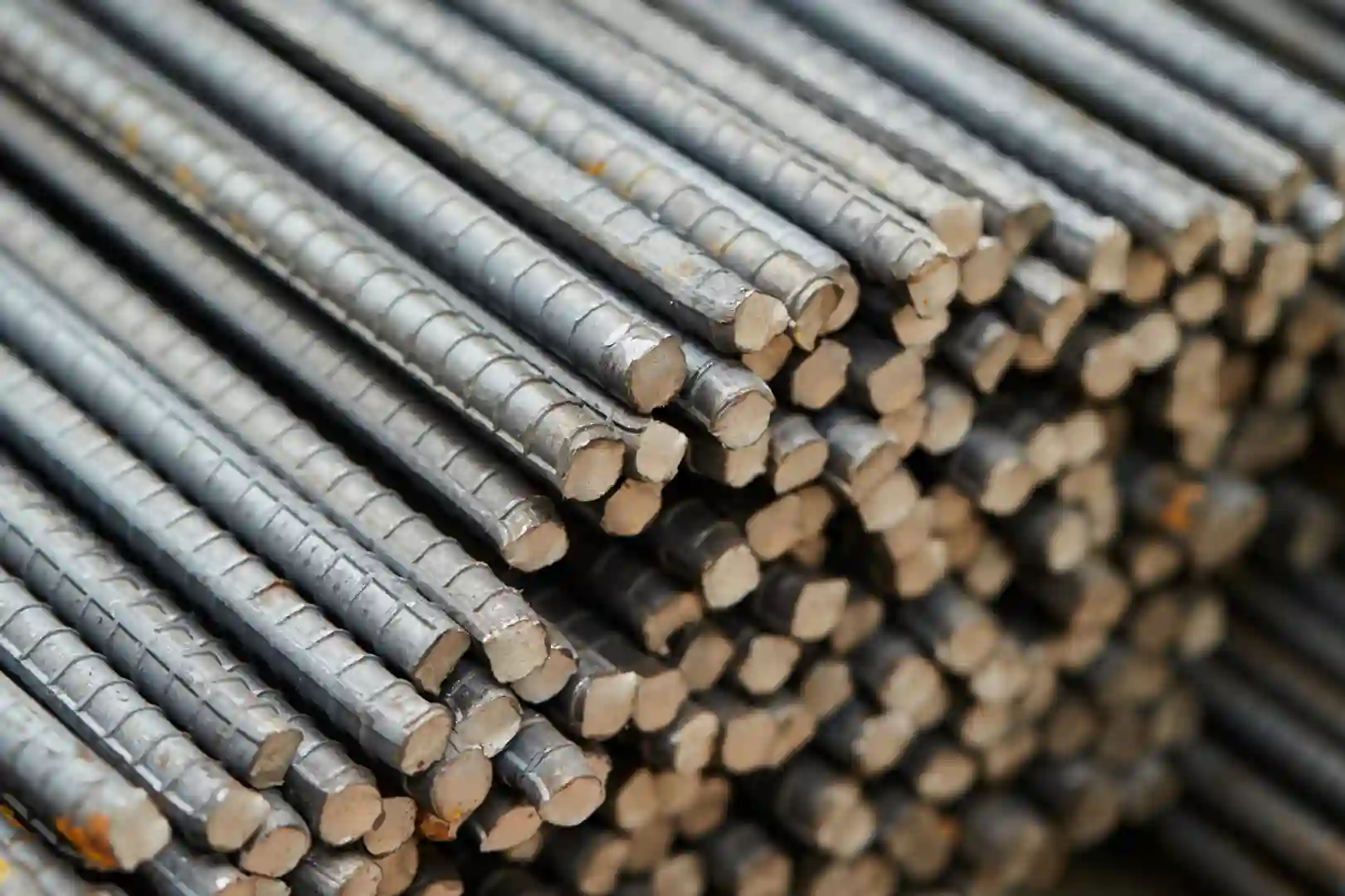



Micro, Small, and Medium Enterprises (MSMEs) that produce metal-based products—such as machinery components, iron gates, construction tools, or metal furniture—often face significant challenges in logistics. The heavier the product, the higher the shipping cost. However, with the right logistics strategy, these costs can be optimized to maintain market competitiveness.
Selecting the appropriate mode of transport is essential when shipping heavy goods. For long-distance, inter-island shipments, sea freight is generally more cost-effective due to its lower cost per kilogram. Meanwhile, land transport is suitable for shorter distances or intra-island distribution, such as within Java or Sumatra.
If your product does not require urgent delivery, sea freight is often the most efficient choice. On the other hand, for time-sensitive deliveries within closer proximity, land transport using trucks—whether Full Truck Load (FTL) or Less than Truck Load (LTL)—remains a flexible option.
Cargo type also impacts shipping efficiency. MSMEs that do not generate enough volume to fill an entire container (FCL) can consider two options: break bulk or Less than Container Load (LCL).
Break bulk shipping is ideal for oversized or irregularly shaped items that cannot be containerized—common with long iron products, pipes, or custom-built metal structures. In contrast, if the goods can be packed efficiently (e.g., in boxes or pallets), LCL is a practical option. It allows multiple shippers to share space in a single container, reducing overall cost.
Break bulk offers flexibility for unusual shapes and sizes but involves more complex handling and typically requires specialized loading equipment. LCL is simpler to manage thanks to standardized container use, although it does require adherence to specific packaging and size guidelines.
A significant portion of logistics costs often comes from pre- and post-shipping transport—moving goods from the warehouse to the port and from the port to the final destination. Therefore, selecting the nearest port from both the production site and the destination is key to keeping costs low.
For instance, if your manufacturing facility is located in Gresik or Sidoarjo, shipments can be routed through Tanjung Perak Port in Surabaya. For deliveries to Eastern Indonesia, such as Papua or Maluku, consider ports like Sorong or Ambon that offer direct routes to avoid transshipment costs and risks.
Managing logistics independently can be a burden for MSMEs. Partnering with a reliable, integrated logistics provider can offer much-needed efficiency and peace of mind.
PT SPIL, a leading shipping and logistics company in Indonesia, provides multimodal services combining land and sea transportation. They support both LCL and break bulk shipping, depending on your cargo type. Through their digital platform, MySPIL Reloaded, customers can track shipments in real-time and receive smart notifications, including reminders about container free time to avoid demurrage charges.
With an extensive port network spanning from west to east Indonesia, responsive customer support, and logistics solutions tailored for MSMEs—including those in the metal and iron industry—PT SPIL offers an end-to-end shipping experience.
By applying smart shipping strategies, from choosing the right mode and cargo type to optimizing routes and partnering with a trusted logistics provider like PT SPIL, metal-based MSMEs can significantly reduce shipping costs while maintaining reliable delivery service.